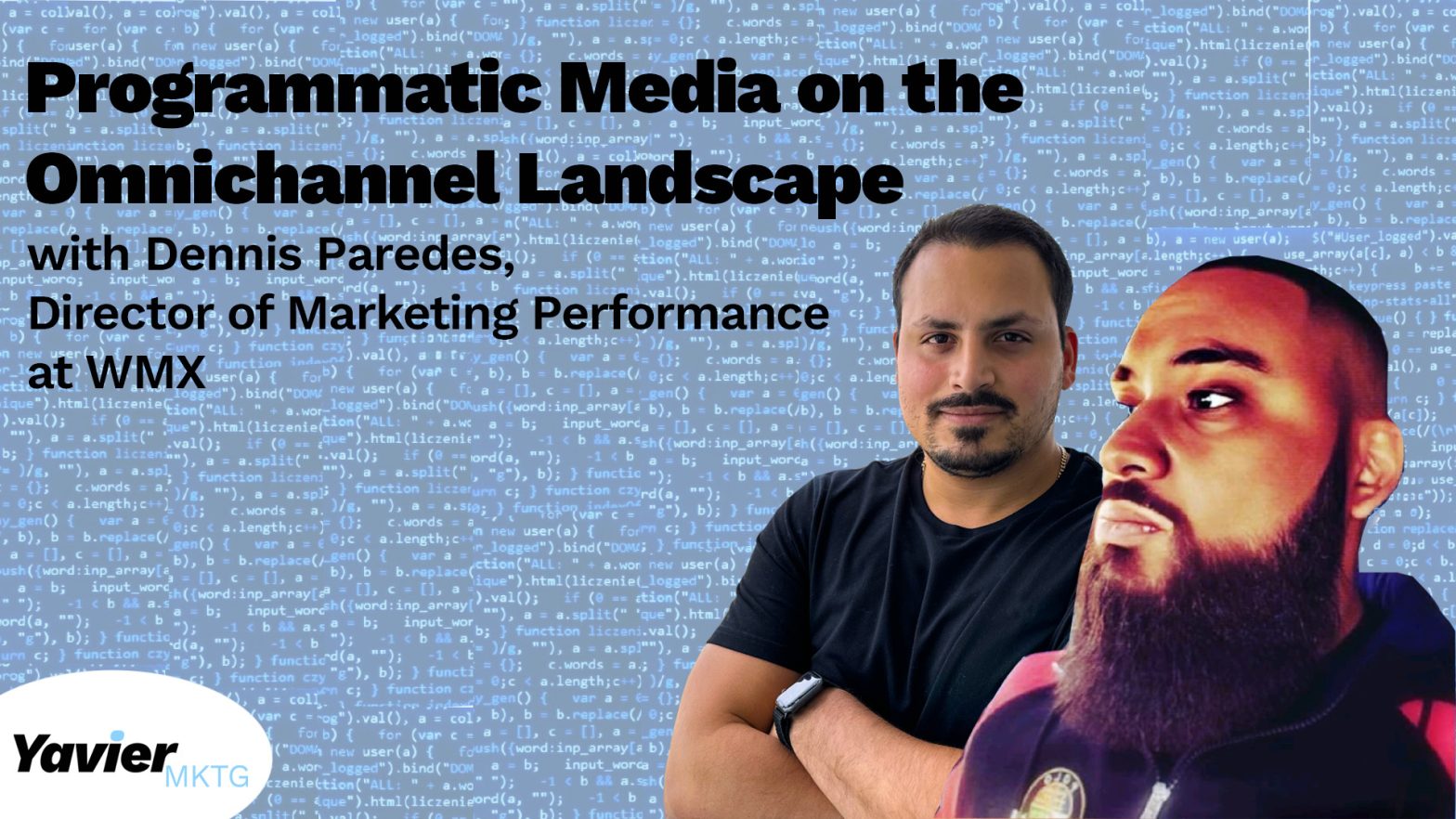When I got into the marketing industry, I started with the idea that data is needed for success and to prove a point we are trying to make. With time and experiencing different places I learned that data is much more than that, and the idea of using it to prove a point just disappeared. I’ve been in the industry for five years, but I’ve been in only three years of data analysis for ad campaigns. When I first started, I only looked at KPIs like impressions, clicks, and CTR and used data from Google Analytics like geography, sex, age, bounce rate, and sessions. Using those KPIs, I’ll tell my boss what I understand, and he will always find some inconsistency or something missing. As this started to happen, I wanted to learn more about data and how to create a story around them. Two years after that first experience with data, I finally understood how to read it, create stories or learnings, and the real purpose of the information. The real purpose of data overall is to understand and to learn. Data has existed since the existence of humans. Even before humans, biology contains data in aspects like DNA. Now, what is data, then? People often use “information” as another term for data, but they are not the same. Data is individual facts, while information is the organization and interpretation of those facts. So, what exactly is data? Data are measurements of something. Data is as simple as a collection of individual facts or statistics. Data can be presented as quantitative, represented in a numerical form, and quality, a descriptive form (non-numerical). An expert in the industry said that Data is just a clue to the end truth.
“Data is just a clue to the end truth.”
– Josh Smith
When I changed my position in the digital media industry from account management to ad operation, I started to read data and create the story behind them. I started dealing with many Excels and platforms that recorded and organized data other than the DSPs. With mentorship and courses, I could understand what I was reading.
It is important to understand the art of data visualization to do data analysis. Data visualization is the graphical representation of data or the information gathered from it. When you recompile data, all the numerical forms or quality forms need to be organized to be able to read it. You can use different tools and technology to organize all these results or statistics. When collecting data, you must ensure that whatever you are collecting is accurate and correlated for the most part. If not, when you do data visualization, the story that you are looking for can be inaccurate or misinterpreted. For example, I’m in AdTech, and all my campaigns need to generate revenue at a positive ROAS. When I start the campaign, I create different buckets of data within the client’s website using pixels or floodlights to track the users’ behavior around the website’s different pages. When I create these buckets, I must label them by the name of what I’m tracking. If I’m trying to see how many people reach the checkout page (two steps or one step before the purchase) in the booking engine, I must label that bucket as “Check out page.” By creating these buckets, I will understand the consumer’s behavior when they go down the funnel. During data visualization, I can see all the buckets created based on the booking engine and develop learnings or stories based on the consumer’s behavior.

Data visualization will not only help you to learn or create a story out of it. Data visualization can help you to make decisions or create ideas that can be capitalized. Data can even tell you something you never imagined; based on that, you can start a business, for example. Data is much more than what we see on LinkedIn, Facebook, Google Analytics, or revenue generated vs. cost related to the revenue. Data is like the cell in biology. Every living thing has cells. In the real world, every action, decision, behavior, or way of being produces data based on other data interconnected.







Leave a Reply